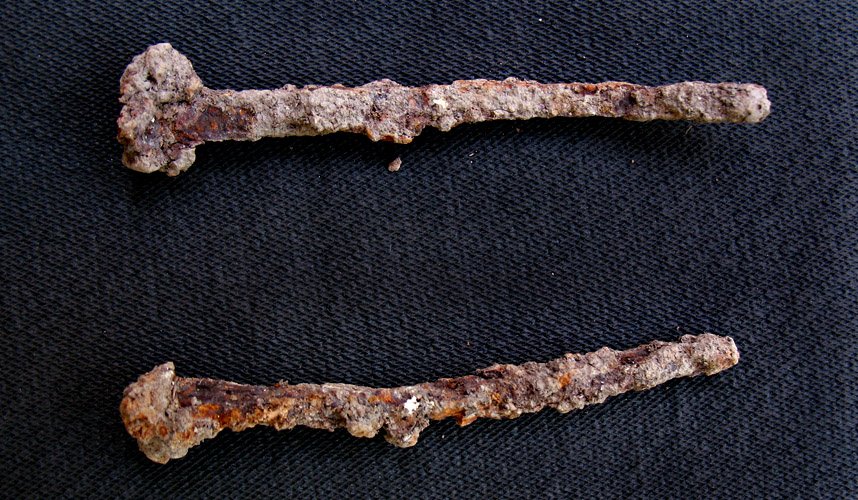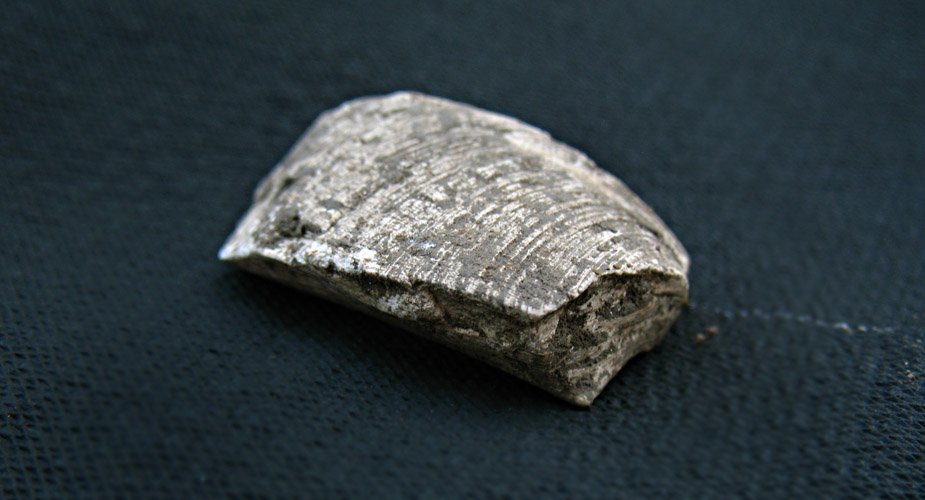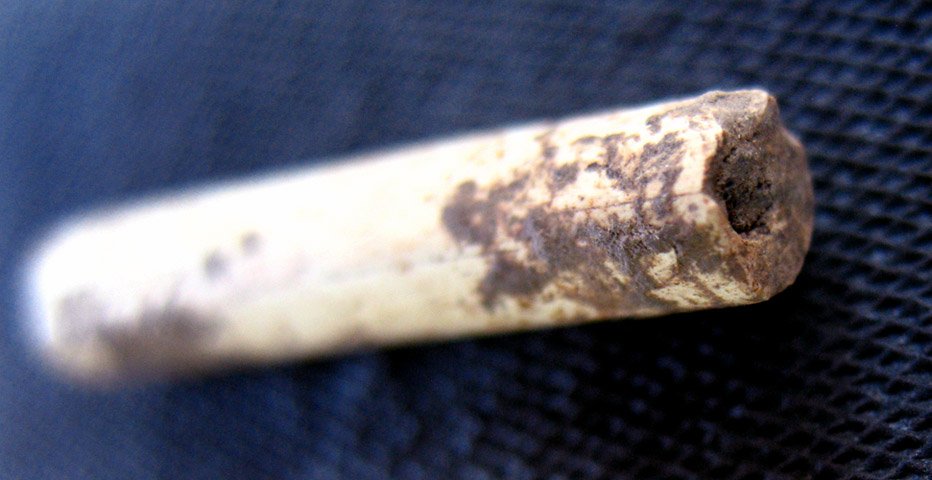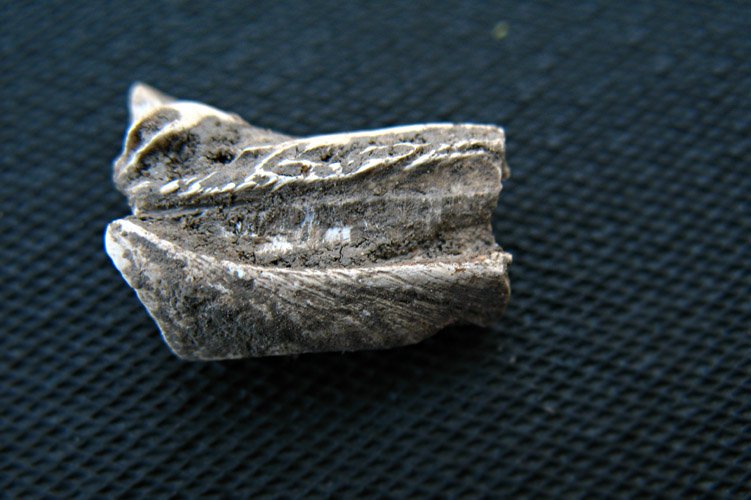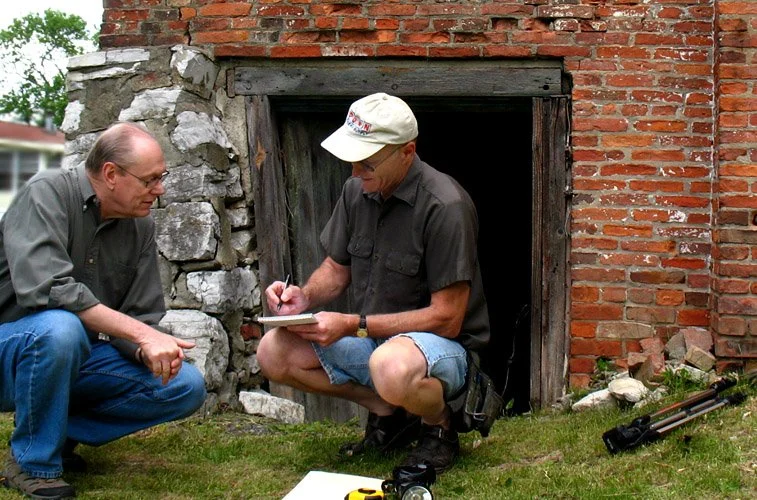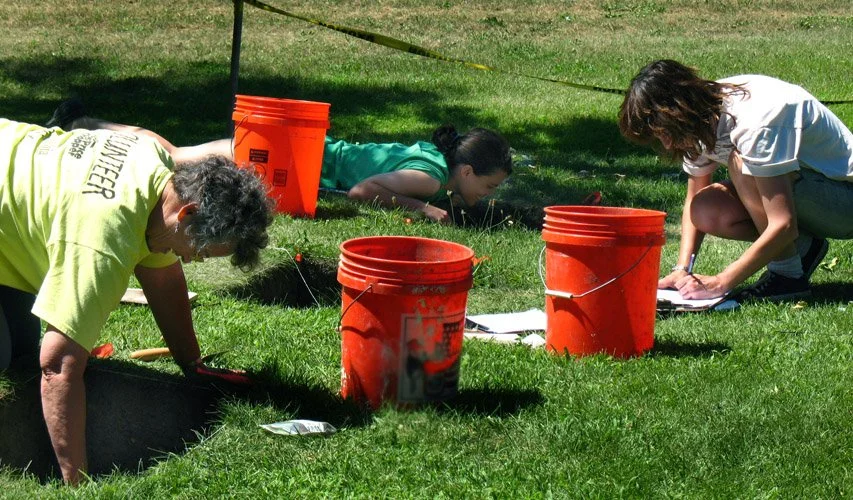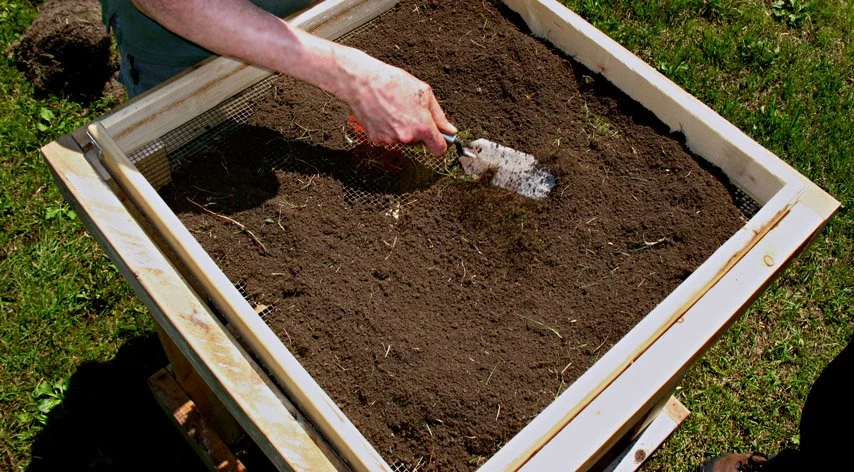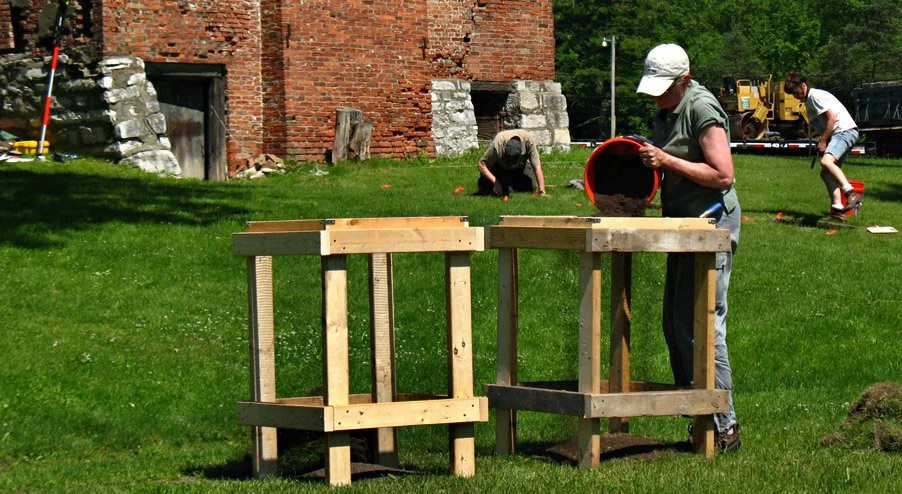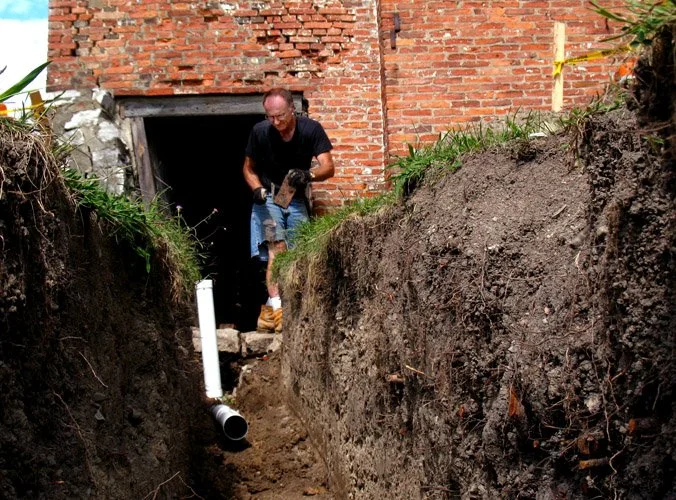The Van Hoesen - Marriott House
c. 1730, Town of Claverack, Columbia County, New York
A uniquely historic house in a uniquely historic area.
The Jan Van Hoesen house is the finest surviving unrestored example of a unique brick-clad timber framing style that was introduced to the Hudson River Valley by the first Dutch colonists in the early 17th century. The house is representative of the persistence of Dutch traditions well into the 18th century, long after the English conquest of 1664. The building itself retains almost all of its original features in whole or part while managing to assimilate later improvements into its archaic charm. The Van Hoesen house was abandoned shortly after World War II and remains vacant in a mobile home park that was developed on the farmstead in the late 1960s. The house was placed on the National Register of Historic Places in August, 1979.
The house’s association with the Van Hoesen family connects it to two other important facets of Columbia County history. First, it was the Van Hoesens who sold a portion of their holdings on the Hudson river at Claverack Landing to a group of New England whaling families in the mid-1780s. After taking up residence at the site, those New England families established the City of Hudson, gave it its name, and brought the whaling industry to the Hudson Valley. Second, it is documented that the Van Hoesen family owned slaves, confirming the home as an historic site of African-American enslavement. This is borne out by the existence of a cellar “kitchen”, full attic, and certain artifacts found during a 2011 archeological excavation.
Research has also shown that the family of Quaker abolitionist Charles Marriott owned the home in the 1800s. Several combined factors have led historians to be certain that the home was used as a stop on the Underground Railroad. Charles Marriott was known to have contact with other documented Underground Railroad “conductors” in New York and Vermont, as well as with such noted abolitionists as William Lloyd Garrison, Lucretia Mott, and the Robinson Family. Additionally, the Marriott family’s shipping business, and the proximity of the house to Claverack Creek and the Hudson River, would have made ferrying self-emancipators upriver from New York City relatively simple. Finally, we see certain architectural features, including basement entries, that indicate a use not related to “normal” household activity.
VHHHF President Ed Klingler and Dr. Charles Orser, Curator of Historical Archaeology, New York State Museum, with volunteers in the cellar of the house in 2011. The existence of a full hearth is indicative of enslaved people living in the home.
The two entrances in the cellar foundation directly face Claverack Creek. It is believed the Charles Marriott would have used one of these entryways to admit fugitive self-emancipators. They would have been brought up the Hudson to Claverack Landing by one of Marriott’s ships, the up the creek to the house by rowboat or canoe.
Published Articles
Archeological Research
In 2011, New York State Museum staff and volunteers conducted an archaeological investigation in the area around Van Hoesen House where a drainage system was to be installed. In the process, they searched for, captured and documented artifacts buried on the property. Those artifacts, pictured below, are currently stored at the NY State Museum.
The drainage pipe that was installed serves to remove some of the excess water from the basement without destabilizing the soil underlying the foundation.




